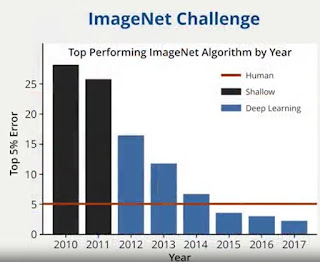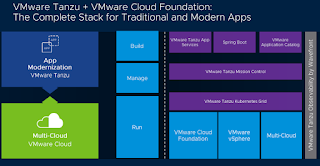This Week I Learned - Week #17 2021

This Week I Learned - * Azure landing zones are the output of a multi-subscription Azure environment that accounts for scale, security, governance, networking, and identity. Azure landing zones enable application migrations and greenfield development at enterprise-scale in Azure. * Oracle WebLogic Server (WLS) is a key component in enabling enterprise Java workloads on Azure. The WLS solutions built in partnership between Oracle and Microsoft simplify migration by automating boilerplate provisioning of virtual networks and storage, installing OS/Java resources, setting up WLS, and configuring integration with key Azure services. The partnership between Oracle and Microsoft was announced in June of 2019. * Google Cloud VMware Engine is a fully managed service that lets you run the VMware platform in Google Cloud. VMware Engine provides you with VMware operational continuity so you can benefit from a cloud consumption model and lower your total cost of ownership. Your VMware enviro








